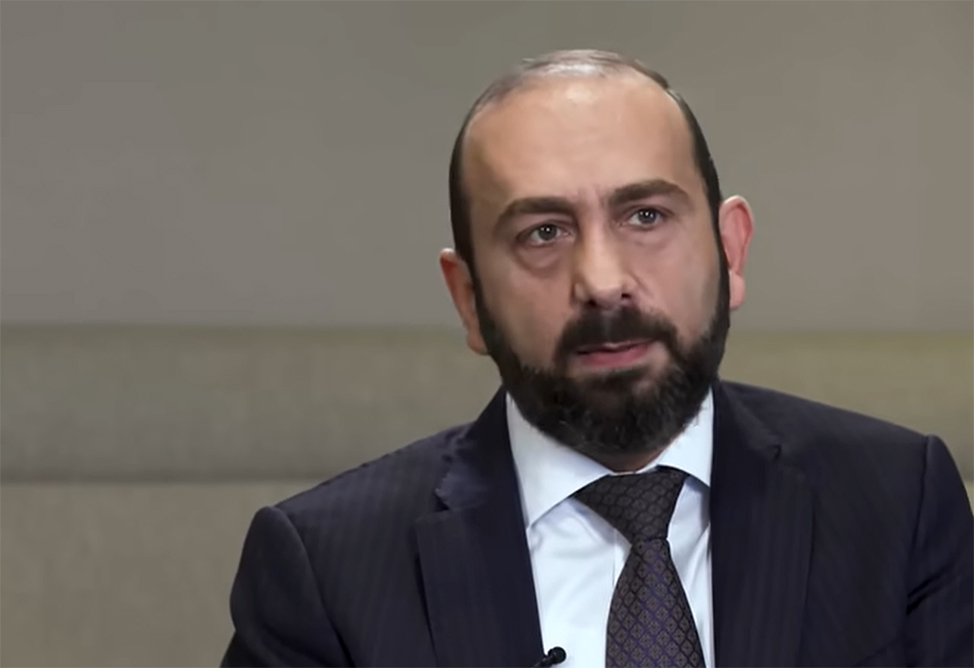Armenia Charts Path Towards Green Economy
08.10.2025,
10:43
On Tuesday, a meeting chaired by Armenian Prime Minister Nikol Pashinyan looked into a draft framework strategy for the development of green, sustainable, and circular economy, along with the accompanying action plan, the government press service reported.

YEREVAN, October 8. /ARКА/. On Tuesday, a meeting chaired by Armenian Prime Minister Nikol Pashinyan looked into a draft framework strategy for the development of green, sustainable, and circular economy, along with the accompanying action plan, the government press service reported.
Comprehensive details were shared regarding the legal foundation for the draft strategy's development, key sectoral focuses, implementation objectives, activities, and anticipated outcomes. It was underscored that planned measures will encompass energy, transport, agriculture, urban development, manufacturing, industry, services, and additional sectors.
The strategy aims to foster sustainable economic growth, optimize the use of natural resources, enhance the proportion of resource-efficient sectors, create more green jobs, encourage green public and private investments, and boost productivity and competitiveness.
Among the overarching goals and initiatives, the introduction of a taxonomy—a classification system for green, transitional, and incentive programs and measures—along with mechanisms for monitoring and evaluating the transition to a green economy, was particularly noted.
Participants in the meeting shared their perspectives on the proposed areas and priorities outlined in the draft.
Additionally, discussions included measures to promote the adoption of electric vehicles, with detailed information provided regarding the medium-term regulatory framework.
In concluding the discussion, Pashinyan highlighted the significance of the measures being undertaken to support policy implementation in the sector and offered recommendations for subsequent actions.-0-
Comprehensive details were shared regarding the legal foundation for the draft strategy's development, key sectoral focuses, implementation objectives, activities, and anticipated outcomes. It was underscored that planned measures will encompass energy, transport, agriculture, urban development, manufacturing, industry, services, and additional sectors.
The strategy aims to foster sustainable economic growth, optimize the use of natural resources, enhance the proportion of resource-efficient sectors, create more green jobs, encourage green public and private investments, and boost productivity and competitiveness.
Among the overarching goals and initiatives, the introduction of a taxonomy—a classification system for green, transitional, and incentive programs and measures—along with mechanisms for monitoring and evaluating the transition to a green economy, was particularly noted.
Participants in the meeting shared their perspectives on the proposed areas and priorities outlined in the draft.
Additionally, discussions included measures to promote the adoption of electric vehicles, with detailed information provided regarding the medium-term regulatory framework.
In concluding the discussion, Pashinyan highlighted the significance of the measures being undertaken to support policy implementation in the sector and offered recommendations for subsequent actions.-0-



